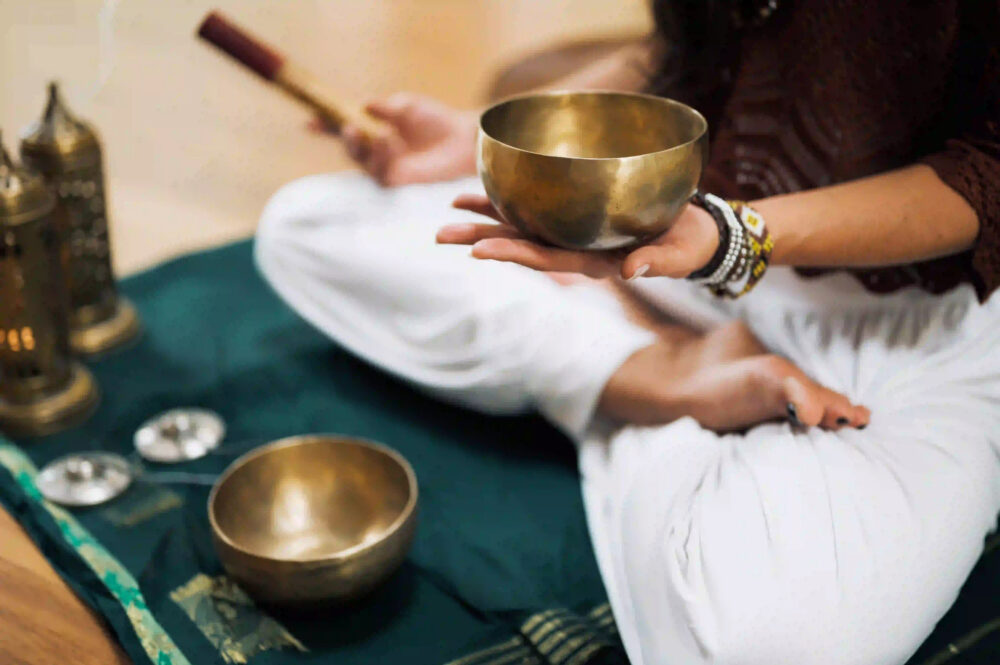Dance has been an integral part of human culture and spirituality for centuries. It has been used as a form of celebration, expression, and communication. However, there is a specific form of dance that transcends the boundaries of mere physical movement – sacred dance. Sacred dance is a powerful and ancient art form that allows individuals to connect with the divine, express their spirituality, and cultivate a deeper understanding of themselves and the world around them.
The Origins of Sacred Dance
The origins of sacred dance can be traced back to various ancient cultures and spiritual traditions. From the whirling dervishes of Sufi mysticism to the intricate mudras of Indian classical dance, sacred dance has been a means of connecting with the divine and seeking enlightenment. In many indigenous cultures, dance has been an integral part of rituals, ceremonies, and storytelling, serving as a bridge between the physical and spiritual realms.
Expressing Spirituality through Movement
Sacred dance is a unique form of artistic expression that goes beyond mere entertainment. It is a means of embodying and expressing one’s spirituality through movement. The dancers often use symbolic gestures, ritualistic movements, and meditative postures to convey spiritual narratives, invoke deities, or explore the mysteries of existence. Through sacred dance, individuals can transcend the limitations of language and convey profound spiritual experiences through the language of the body.
Connecting with the Divine
One of the fundamental aspects of sacred dance is its ability to facilitate a deep connection with the divine. Whether it’s through ecstatic whirling, devotional gestures, or rhythmic movements, sacred dance allows practitioners to enter a state of heightened awareness and communion with the sacred. The dance becomes a form of meditation, a way to transcend the ego, and merge with the divine presence, fostering a sense of peace, harmony, and interconnectedness with the universe.
Healing and Transformation
Sacred dance is also revered for its potential to facilitate healing and transformation. Many spiritual traditions believe that certain dance movements and rhythms have the power to restore balance, cleanse the spirit, and promote physical and emotional well-being. Through the act of dancing, individuals can release stagnant energy, purify the mind, and experience a profound sense of liberation and renewal.
The Modern Resurgence of Sacred Dance
In recent years, there has been a resurgence of interest in sacred dance as people seek alternative forms of spiritual expression and connection. From contemporary interpretations of ancient rituals to fusion dances that blend diverse spiritual traditions, sacred dance has found a place in modern spiritual practices, yoga studios, and healing arts communities. The transformative potential of sacred dance continues to inspire individuals to explore new ways of connecting with the sacred through movement.
Embracing Sacred Dance
Embracing sacred dance can be a deeply enriching and transformative experience. Whether as a participant or a spectator, engaging with sacred dance allows individuals to tap into the universal language of the body, experience the power of ritual and symbolism, and cultivate a deeper connection with the divine. Through the art of sacred dance, individuals can embark on a journey of self-discovery, spiritual exploration, and transcendence, finding solace, inspiration, and profound meaning in the expressive movements that bridge the earthly and the divine.
In conclusion, the art of sacred dance is a profound and ancient practice that continues to inspire and connect individuals across cultures and spiritual traditions. Through movement, symbolism, and ritual, sacred dance offers a unique pathway to expressing spirituality, connecting with the divine, and experiencing transformation on a profound level. As we continue to explore the depths of human spirituality and creative expression, sacred dance stands as a timeless reminder of the enduring power of movement as a conduit for the sacred.
